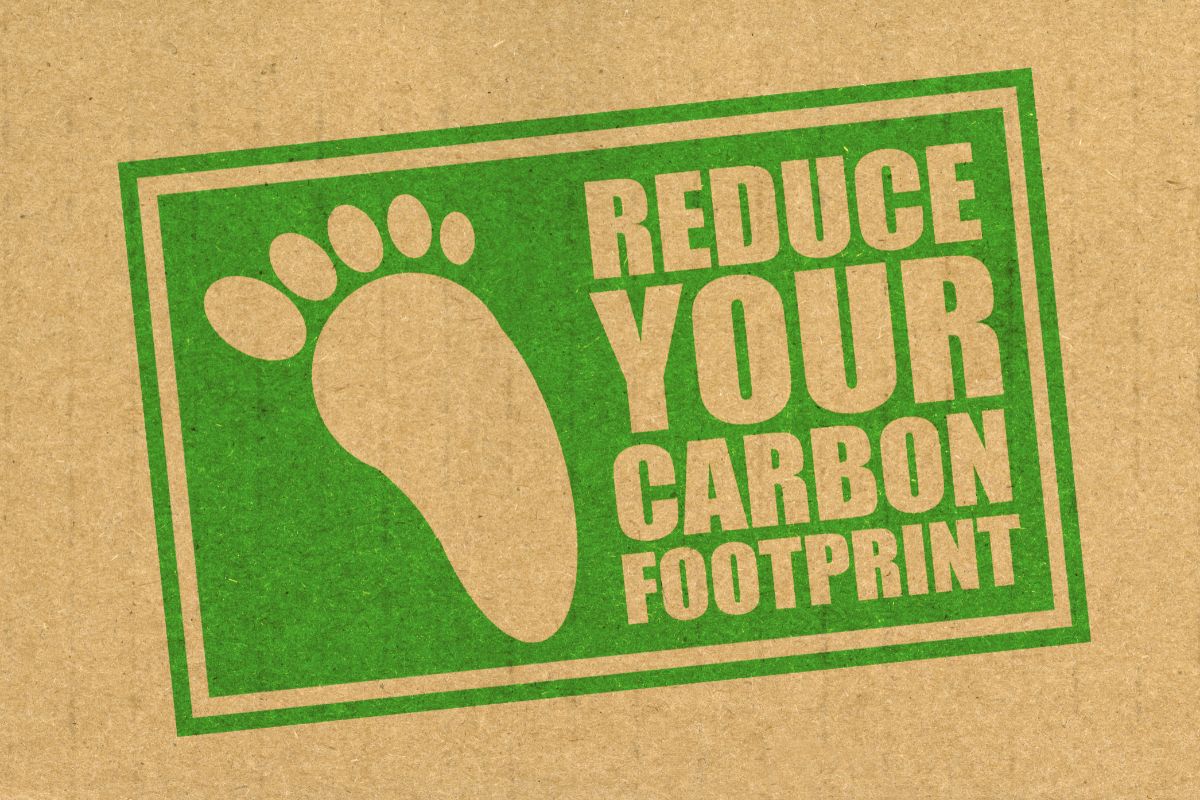
Top 7 Effective Ways to Reduce Carbon Footprint
A carbon footprint measures the total greenhouse gas emissions caused by human activities. These include industrial activities, burning fossil fuels, cutting down forests, and more. Carbon footprint is usually expressed in terms of carbon dioxide equivalents. For example, global carbon dioxide emissions from fossil fuels and industry reached 37.15 billion metric tons (GtCO₂) in 2022. So, it goes without saying that reducing these emissions is essential to lower their overall impact, combat climate change, and safeguard our planet’s ecosystems and biodiversity. Global carbon emissions have increased by 60% since 1990.
Annual carbon dioxide (CO₂) emissions worldwide from 1940 to 2023 (in billion metric tons)
But, can we do it on an individual level?
Well, the simple answer is yes. The not-so-simple answer, it’s not so easy even though there are plenty of ways to reduce carbon footprints. However, if you want to reduce your carbon footprint, you should focus on these three key areas: consumption, electricity use, and transportation.
Let’s explore the 7 most effective ways that help slow down global warming and positively impact our environment.
1. Reduce Energy Consumption at Home

- Energy-Efficient Appliances:
You can start by using energy-efficient appliances. They use less electricity to perform their tasks without sacrificing performance. For example, modern refrigerators, dishwashers, and HVAC systems designed to meet energy standards can drastically reduce your electricity usage. It helps you lower carbon emissions and utility bills.
- Proper Insulation:
Ensuring your home is well-insulated is key to reducing energy consumption. Proper insulation helps maintain temperature, reducing the need for heating and cooling, which are major energy consumers. This includes sealing leaks and installing quality windows and insulation materials.
- Renewable Energy Sources:
Switching to renewable energy sources like solar panels significantly cuts your carbon footprint. Installing solar panels reduces dependence on fossil fuels and offers savings on energy bills in the long term. Moreover, you can also incentives for renewable energy installation, making this an economically viable option as well.
2. Adopt Sustainable Travel Habits
Opting for walking, biking, or using public transportation can dramatically reduce your reliance on fossil fuels. These transportation methods emit far fewer pollutants than cars and are beneficial for health. For shorter distances, consider biking or walking, and for longer commutes, public transport is a more sustainable choice.
Carpooling is another effective strategy to reduce per capita emissions. Sharing rides can halve or even quarter the emissions per individual, making it a highly efficient option. Additionally, maintaining your vehicle, such as keeping tires properly inflated and regular engine checks, ensures it runs more efficiently, reducing its carbon footprint.
Also Read: Sustainable Travel Hacks: Explore the World Responsibly
3. Minimize Water Usage
Water conservation is vital not just for saving water but also for reducing energy consumption and, consequently, our carbon footprint. The treatment and distribution of water require significant energy inputs, primarily from fossil fuels. When you reduce your water usage, you also decrease the energy needed to pump, heat, and treat water, which in turn lowers carbon emissions associated with these processes.
Here are some practical tips for conserving water
- Even a small drip can waste a substantial amount of water over time. Regularly checking and repairing leaks in faucets, toilets, and pipes can lead to significant water and energy savings.
- Consider replacing older models of toilets, showerheads, faucets, and washing machines with water-efficient models. These appliances use less water and energy, reducing your utility bills and environmental impact.
- Opt for native plants that require less water, and consider drip irrigation systems that deliver water directly to the roots of plants, minimizing waste.
4. Reduce, Reuse, Recycle

Recycling and composting are essential practices that help minimize waste and reduce the carbon emissions linked to the production and disposal of goods. By recycling, we reduce the need for raw materials and decrease the energy used in manufacturing processes. Composting organic waste like food scraps and yard trimmings turns them into nutrient-rich soil, avoiding methane production that would occur if these materials were sent to a landfill.
Creative reuse and upcycling ideas
- Instead of throwing away glass jars from food products, clean them and use them for storing other foods or household items. They can also be decorated and used as vases or candle holders.
- Transform old t-shirts into reusable shopping bags or cleaning rags. Get creative with sewing or fabric paints to give new life to worn-out garments.
- Give old furniture a new lease on life with a fresh coat of paint or new upholstery instead of discarding it. This not only saves money but also reduces waste and carbon emissions associated with new furniture production.
Also Read: Sustainable Living: Balancing Needs for a Greener Future
5. Support Sustainable Businesses
When it comes to reducing your carbon footprint, choosing the right companies to support can make a significant difference. Opt for products and services from businesses committed to sustainability and lowering their carbon emissions. This not only helps in reducing global carbon output but also promotes eco-friendly business practices. Additionally, supporting local businesses can further decrease your carbon footprint, as it often involves reduced transportation for goods. Local markets and small-scale producers tend to have a shorter supply chain, which translates to fewer emissions from transportation and logistics.
6. Adjust Your Wardrobe
The fashion industry is a major contributor to environmental issues, with fast fashion being particularly harmful due to its high turnover rate and waste production. To combat this, consider integrating secondhand and sustainably made clothing into your wardrobe. Choosing secondhand clothing reduces the demand for new production and thus, lowers the associated carbon emissions and waste. Additionally, sustainably produced garments often use eco-friendly materials and ethical labor practices, contributing less to pollution and carbon output.
7. Engage in Community Action
Community involvement is crucial for amplifying the impact of individual actions on a larger scale. Participating in local environmental initiatives or starting community-based projects like local clean-ups or tree-planting can significantly contribute to sustainability efforts. These activities not only help in reducing the local carbon footprint but also strengthen community bonds and raise awareness about environmental issues. Moreover, joining local advocacy groups or attending city council meetings to support eco-friendly policies can drive systemic changes that benefit the environment.
Conclusion
Reducing your carbon footprint is a vital step toward environmental stewardship. It’s about embracing a sustainable lifestyle that can significantly lower the emissions contributing to global warming. Every action counts, from choosing renewable energy sources and reducing waste to supporting policies and products that prioritize sustainability. By actively reducing our carbon footprints, we can collectively ensure a healthier planet for future generations.

Prachi, an accomplished Chief-Editor at The Sustainable Brands Journal, has 15+ years of experience in Europe, the Middle East, and India, managing 90+ global sustainable brands. She’s a prolific writer in sustainability, contributing to various publications. Prachi’s unwavering passion and expertise make her a recognized authority, driving positive change and inspiring a sustainable future.




